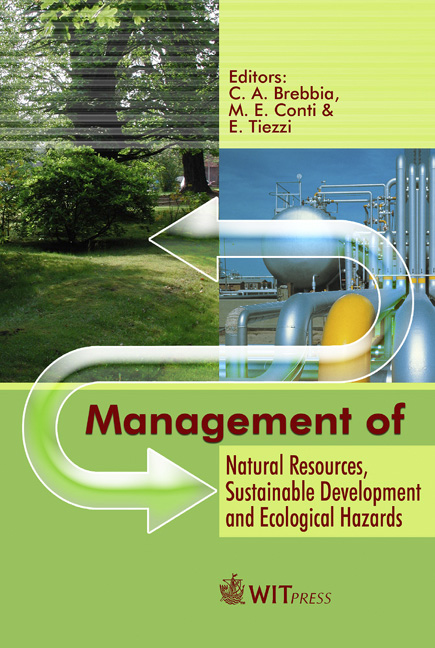Sources Of Atmospheric Pollutants In The North West Province Of South Africa: A Case Of The Rustenburg Municipality
Price
Free (open access)
Transaction
Volume
99
Pages
10
Published
2006
Size
654 kb
Paper DOI
10.2495/RAV060581
Copyright
WIT Press
Author(s)
N. A. Kgabi, J. J. Pienaar & M. Kulmala
Abstract
A number of activities are known to generate substantial quantities of atmospheric pollutants in the form of uncontrolled emissions. Such sources include mineral extraction and stockpiling, landfill sites, materials handling operations and long term construction operations. In this study, the composition of air particulate matter was determined using Scanning Electron Microscopy coupled with Energy Dispersive Spectrometry (SEM/EDS) and the following elements were identified: Si, Fe, Al, Ca, Mg, K, Na, Ti, Cr, C, Cl, S, F, P, V, Pb, Ni and O. Correlation and regression analysis, together with Principal Component Analysis (PCA) were used to determine the sources of atmospheric pollutants; the sources were identified in order of decreasing abundance as: soil dust, industry, biomass burning, and traffic. Keywords: particulate matter, SEM/EDS, sources, PCA, correlation and regression. 1 Introduction A better understanding of the chemical constituents as well as the sources of ambient particles is fundamental in bridging the existing knowledge gap between the air quality and its health effects. Exposure to ambient particulate matter (PM) has been associated with a range of adverse health effects including: premature
Keywords
particulate matter, SEM/EDS, sources, PCA, correlation and regression.





